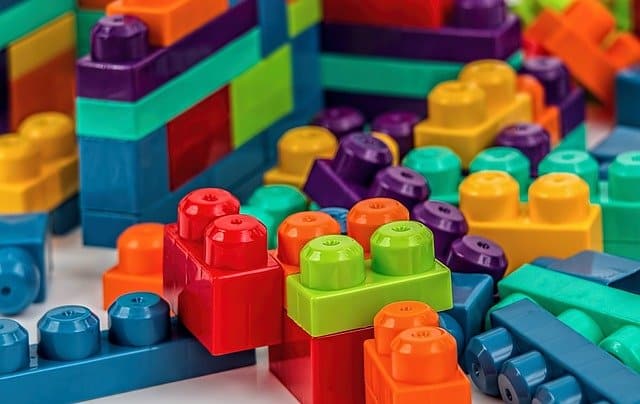
A plastic is a material that can be easily molded and whose shape can be permanently altered through processes linked to compression and temperature.
Plastics are those materials that, composed of resins, proteins and other substances, are easy to mold and can permanently modify their shape based on a certain compression and temperature. A plastic element , therefore, has different characteristics than an elastic object.
Plastics are generally polymers that are molded from pressure and heat . Once they reach the state that characterizes the materials we usually call plastics, they are quite resistant to degradation and, at the same time, are lightweight. In this way, plastics can be used to manufacture a wide range of products. For example: "I keep the plastic bottles in the hallway furniture" , "I bought a plastic table with four chairs for the garden" , "Marta gave Eliana a very nice plastic vase" .
The reduced manufacturing cost, their resistance to deterioration, impermeability and the possibility of coloring them in different shades are some of the reasons that make plastics so popular. However, they also experience various disadvantages: many of them are not susceptible to recycling , so they can contribute to pollution ; On the other hand, plastics do not usually resist excessive heat, melting and sometimes releasing toxic substances.
Types of plastic, their properties and applications
Polyethylene Terephthalate (PET)
Properties:
* It is highly rigid, hard and very resistant ;
* It has a varnishable surface (especially adherent to paints or lacquers, reducing the need for pretreatment according to the type or quality of the varnish you wish to use);
* heat does not deform it considerably and it is stable when left outdoors;
* resists chemical agents ;
* It has a low level of moisture absorption, which is why it is widely used to manufacture fibers;
* resists bending.
Applications: it is used in the manufacture of containers for juices, soft drinks, edible oils, medicines and syrups, among other products.

Plastic bottles that are not recycled contribute to pollution.
High density polyethylene (HDPE)
Properties:
* presents great chemical and thermal resistance;
* can be processed by the forming methods used for thermoplastics , such as extrusion and injection;
* is colorless, translucent and solid;
* It has great flexibility, even at low temperatures, and is tough;
* Its rigidity exceeds low-density polyethylene;
* It is not easy to glue, paint or print on its surface;
* stands out for its lightness;
* Resists most ordinary solvents, water at boiling temperature and acids.
Applications: its use includes the manufacture of pipes for the supply of drinking water, packaging for various products, kitchen utensils, toys, helmets, prosthetic parts and the waterproofing processes of swimming pools and ponds.
Low density polyethylene (LDPE)
Properties:
* offers great chemical and thermal resistance, in addition to satisfactorily resisting impacts ;
* Depending on the thickness it is given, it can reach transparency, although it usually has a whitish appearance;
* As well as high-density polyethylene, this type of plastic has very good processability, which allows it to be subjected to extrusion and injection;
* surpasses high-density polyethylene in flexibility;
* makes printing, painting and adhesion on its surface difficult.
Applications: This type of plastic is usually used to make bags, greenhouse plastics, toys, bottles and household items such as plates and cutlery.
plasticity
The condition of plastic is known as plasticity . For this reason, the term can be used as an adjective to describe someone or something that shows ease in adopting different forms.
"He is a plastic player who always manages to sneak past defenders" is a sentence that shows this meaning of the concept.
